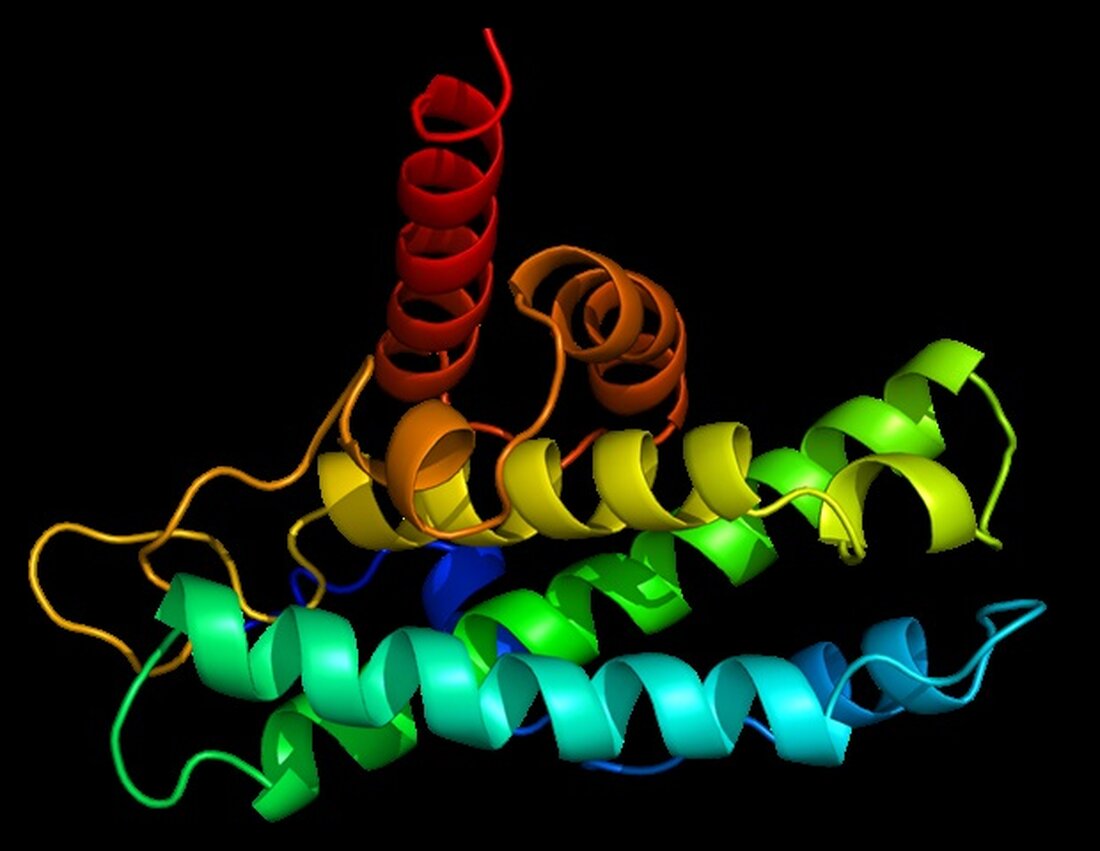Scientists are investigating whether the FSAP protein could be used to treat strokes
If you have a stroke, the protein FSAP can help reduce the amount of paralysis and speech problems. Every year around 12 million people worldwide suffer a stroke. A stroke occurs suddenly and is caused by either a blood clot or a brain bleed. – Those who survive often suffer life-altering brain damage. In addition to the cost of human suffering, caring for these patients is very costly for health systems. Therefore, it is important that we find treatments that can be used immediately after a stroke. For every minute lost, more brain damage occurs, says Professor Sandip Kanse. He is researching a...

Scientists are investigating whether the FSAP protein could be used to treat strokes
If you have a stroke, the protein FSAP can help reduce the amount of paralysis and speech problems.
Every year around 12 million people worldwide suffer a stroke. A stroke occurs suddenly and is caused by either a blood clot or a brain bleed.
– Those who survive often suffer life-altering brain damage. In addition to the cost of human suffering, caring for these patients is very costly for health systems. Therefore, it is important that we find treatments that can be used immediately after a stroke. For every minute lost, more brain damage occurs, says Professor Sandip Kanse.
He researches a protein called FSAP at the Institute of Basic Medical Studies at the University of Oslo.
Scientists had already discovered that the amount of FSAP in the blood of patients increases after a stroke. Some people have a gene mutation that causes them to have lower FSAP, putting them at higher risk of stroke.
– Therefore, FSAP is theoretically beneficial for stroke patients. “So we wanted to investigate whether FSAP could be used to treat strokes,” says Kanse.
Mice treated with FSAP after a stroke suffered less brain damage
Kanse and his team conducted experiments on mice in which they removed the gene responsible for producing FSAP from some mice. The mice then had a stroke.
-The mice that had the FSAP gene removed suffered more brain damage than the normal mice. This shows that the FSAP gene is important for protecting the brain. We then tested what would happen if we treated the mice with FSAP protein after a stroke. “Our results show that their condition has improved dramatically,” explains Kanse.
Concomitant treatment with TPA and FSAP
In the next step, the mice were given FSAP together with the standard drug TPA. The researchers wanted to find out whether FSAP could enhance the effects of TPA treatment.
The results were promising and showed that the combination of TPA and FSAP had a better effect than TPA alone. This study was recently published in the FASEB Journal.
The current treatment, TPA, only works for a third of stroke patients
TPA has several defects; it can dissolve blood clots in the brain, but only works in a third of all patients. TPA must also be administered within 4.5 hours of the stroke - after this time, brain damage can occur. In 10% of patients, TPA causes severe bleeding in the brain.
– In other words, only 30% of stroke patients improve when given TPA. The alternative to this treatment is surgery, which requires instruments that can "look inside" the brain and remove the blood clot via a catheter. Not all hospitals have such equipment, so it is not always possible to perform this type of operation. Therefore, alternative treatment methods for strokes need to be found, says Professor Kanse.
Ideally, diagnosis and treatment begins in the ambulance
Scientists at the University of Oslo have now developed an active ingredient that can stimulate the body to produce more active FSAP. It is easier to develop such an active ingredient than to produce FSAP yourself. An article on this research project was recently published in ACS Chem Biol.
– We now need more research to find out whether triggering the production of active FSAP is suitable for treating strokes or not. Ideally, diagnosis and treatment should begin right away in the outpatient clinic itself, says Kanse.
Source:
University of Oslo, Faculty of Medicine
Reference:
Kim, J.Y., et al. (2022) Factor VII activating protease (FSAP) inhibits ischemic stroke outcome in mouse models. The FASEB Journal. doi.org/10.1096/fj.202200828R.
.

 Suche
Suche
 Mein Konto
Mein Konto
